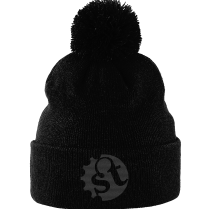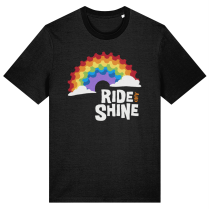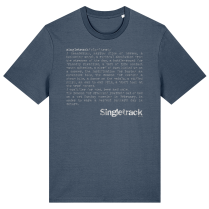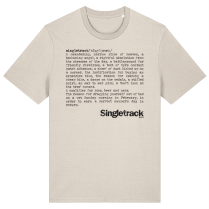
Hannah examines the rise of a new type of cycling club: the collective.
Words Hannah photography as credited
Some of the earliest cycling clubs were formed by people with a shared philosophy who wanted to cycle together. Way back in 1894, the first Clarion club was formed as a means to “combine the pleasures of cycling with the propaganda of Socialism”. The Clarion quickly grew in popularity, and by 1914 there were 145 ‘Sections’, as each local club was known. To the lament of some, the Clarions are no longer politically affiliated or active socialists, leaving behind them a long tradition of campaigning and activism. The Clarion took the words of William Morris (the novelist, poet, socialist activist and designer of quite busy wallpaper) as a motto: “Fellowship is Life, Lack of Fellowship is Death”. Take a step back from socialist doctrine, and you might see these words in the sense of ‘it’s good to have friends’. One hundred and twenty-five years after William Morris wrote his words on fellowship in the novel A Dream Of John Ball, a new type of cycling group is forming. In much the same way as the Clarion formed through a shared philosophy, today’s proliferation of ‘cycling collectives’ seek to create spaces to ride together with others who share their world view. What is it about these groups that sets them apart from the traditional cycling club model? And what is it that makes them different to the many informal ride groups that meet up each week?
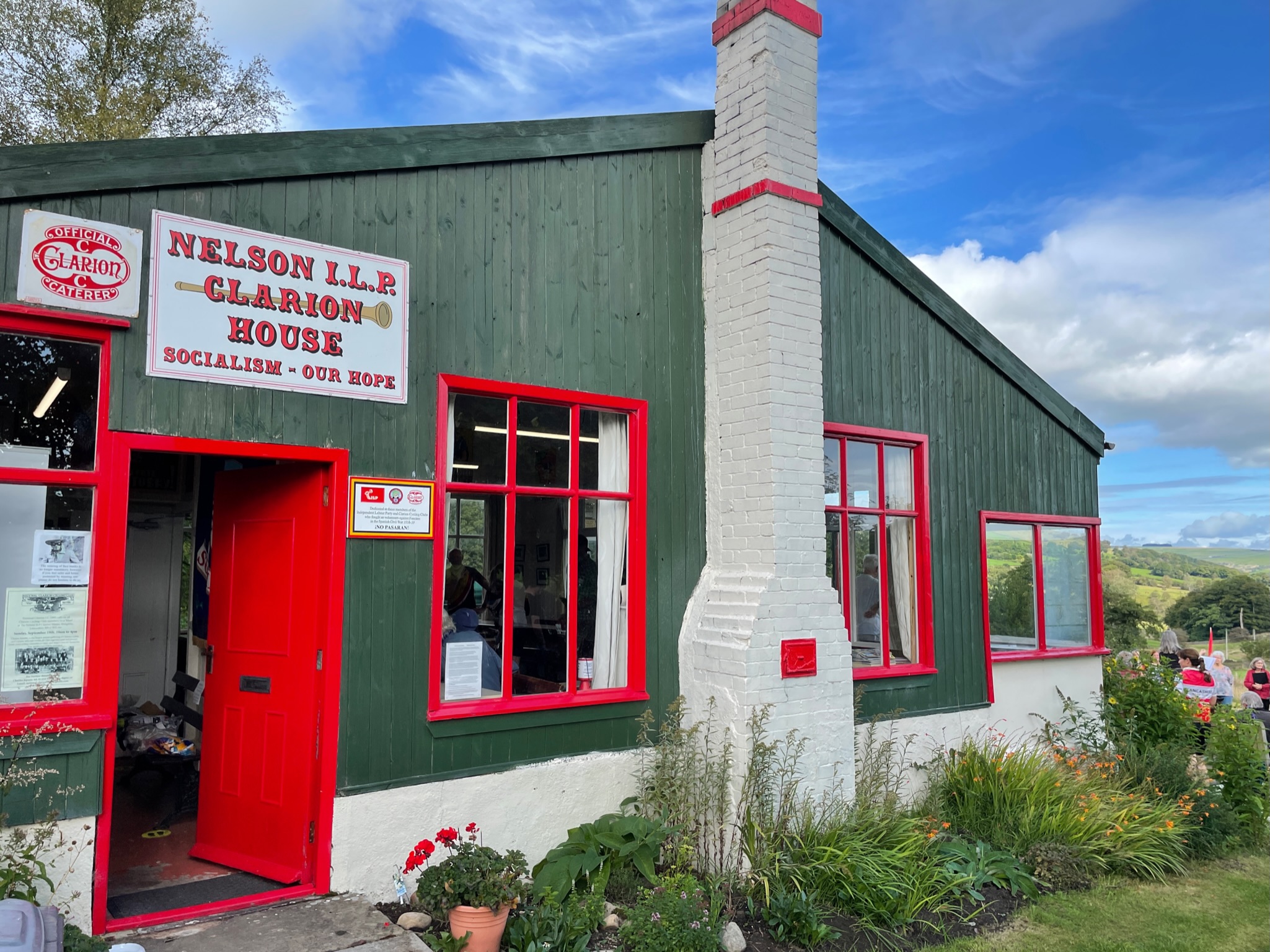

Clubbing together
Mountain biking has never had the same strength of club culture as road cycling. Whether it’s a chain gang pace line workout, a weekend café ride, or a touring club weekender, our skinny-tyred cousins are a familiar sight on the roads. While there are some mountain bike clubs – Peak District MTB springs to mind as a particularly prominent example – they’re far fewer in number, and in many cases are arms (or legs?) of a multidisciplinary cycling club. Mountain bike clubs that do exist have often had a racing focus, with non-racing riders simply heading out with whatever riding buddies they have, or perhaps have met through their local bike shop, in more informal affairs. The ‘Tuesday MTB Squad’ or ‘Sunday Ride Dads’ of this world have existed as little more than lists of phone contacts and the accepted convention that anyone interested will be there by then. No further organisation or advert is required – turn up, ride, mention it to potential riders if you think they might be interested. If you’ve ever moved house to a new area, you might well have discovered how hard it can be to make new ride buddies when word of mouth is needed to find them – where do you start?
Latest Singletrack Merch
Buying and wearing our sustainable merch is another great way to support Singletrack

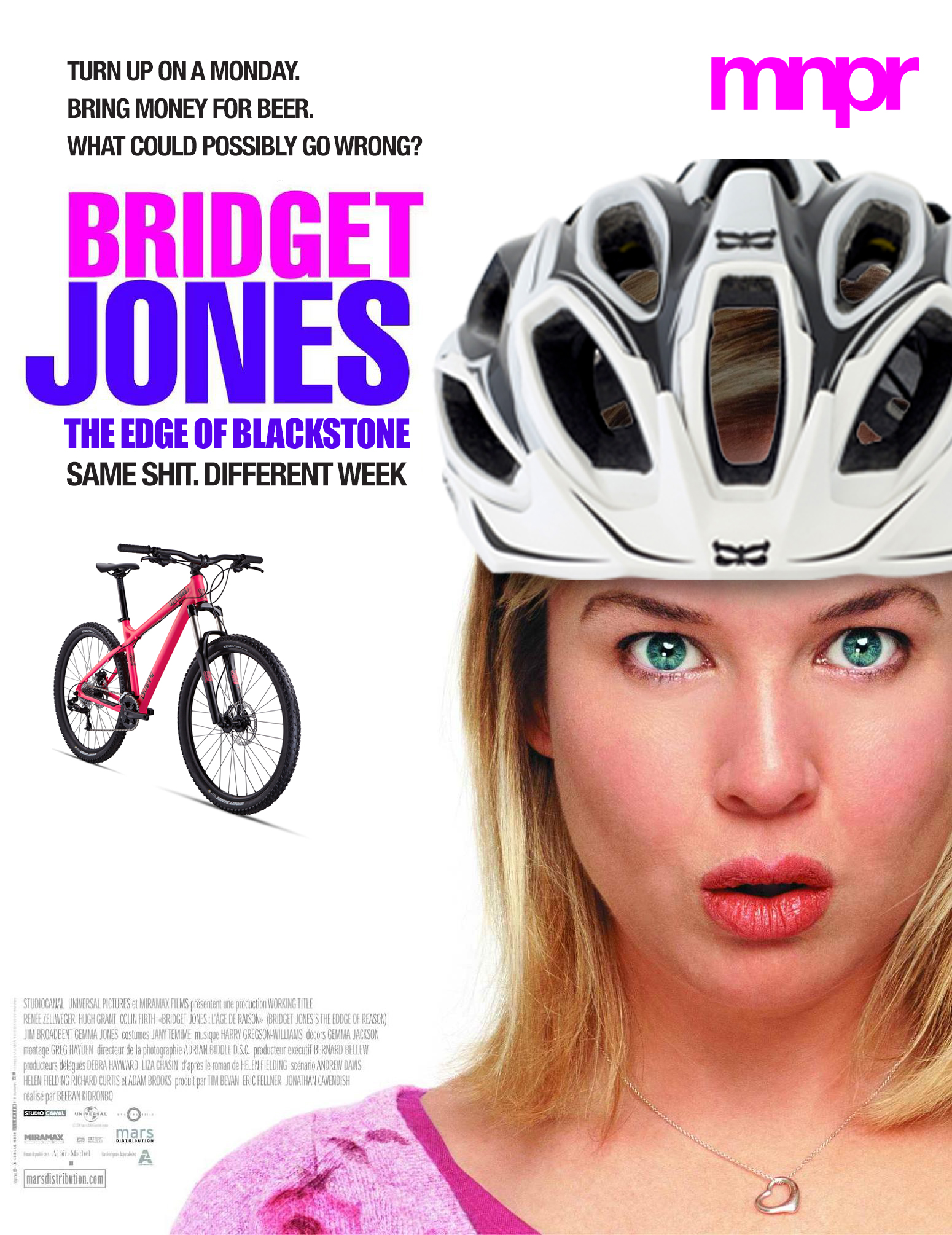
Some have got a little more organised and gone a little more public. Group rides or holidays away are organised, perhaps with a commemorative T-shirt. The Manchester-based MNPR (Monday Night Pub Ride) attracts new ‘members’ due to its public presence on the Singletrack Forum. It even has weekly artwork, thanks to Binners, a leading character in choosing locations, with a ‘lead from the rear’ approach to the actual rides. It does have a strict ‘no one gets left behind’ rule, but beyond that, there is no membership fee, manifesto or ‘club’ ethos. I guess it might be a quiet ride for you if you were a Conservative voter, but the agenda is ‘ride bikes, get muddy, and hope the pub is still open when you get back’.
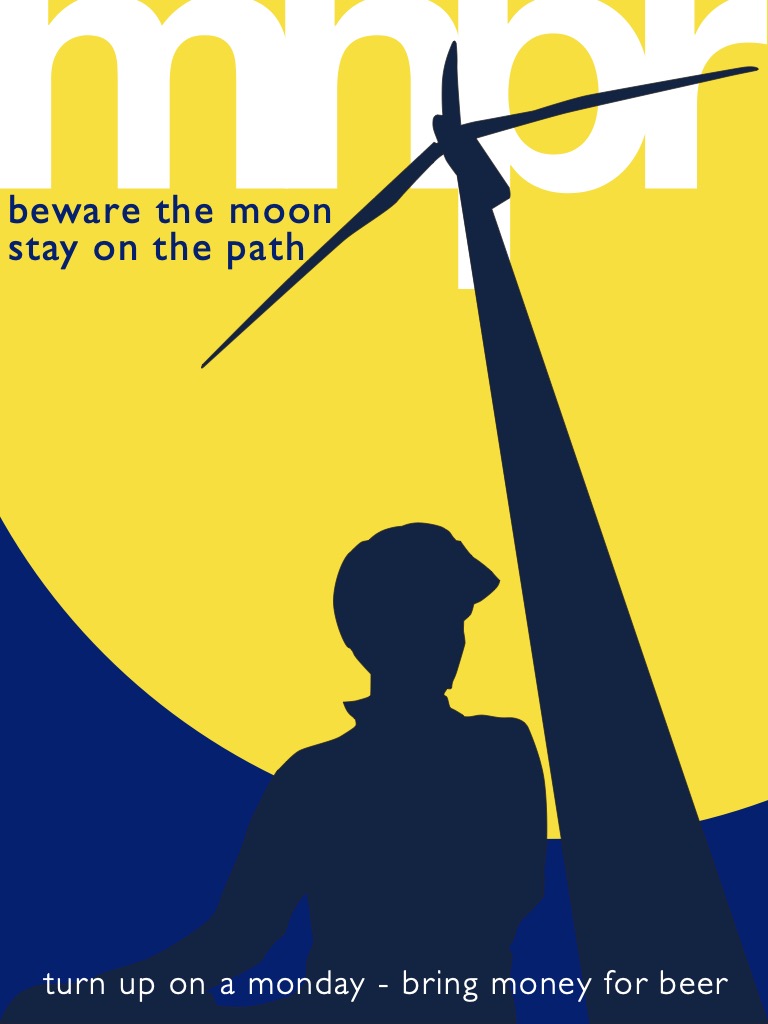
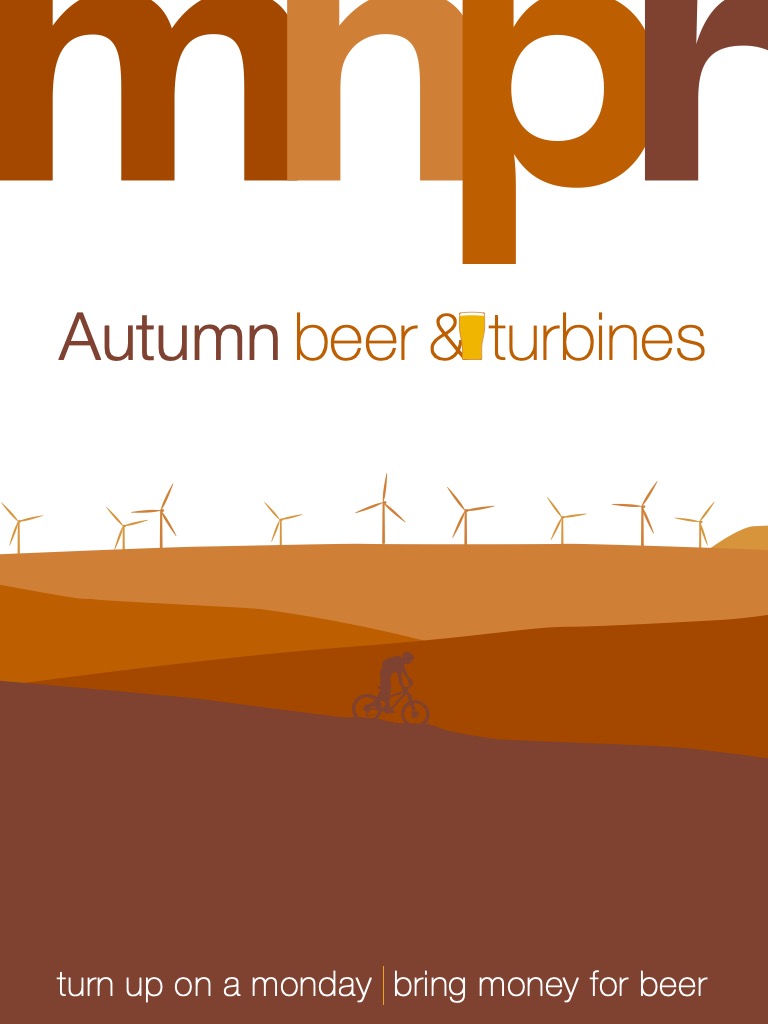
‘Ride Drink Pie’ is my own local version of a club. Originally set up to offer a gravel/low gnar alternative to other group rides in our valley, it also attempted to give a local bar some valuable income on a quiet Tuesday night. That bar eventually changed hands and had plans that didn’t involve a stack of muddy bikes inside the building, and the gnar quotient has been upped. It is no longer the place you can turn up to with 38c tyres and drop bars and count on a cluster of similarly equipped companions. Occasionally someone gets a bit cross about this, or the pace of the group, or the lack of care for those at the back. Things will be reined in by someone being a grown-up about things, and then the stretching of the gnar will begin again. For the purposes of having public liability insurance it was affiliated to British Cycling, then switched to Cycling UK, but beyond that, it’s barely more than a publicly advertised mates’ ride.
Collective intentions
Ride groups – or clubs, or meet-ups – like these have been happening up and down the country for years. They’re defined more by ride styles and diary availability rather than a manifesto, though inevitably people who enjoy each other’s company are more likely to keep turning up week after week. But some groups are putting the company first. They’re saying ‘This is the space for people who like talking about or doing x’, or ‘This is the space for these people’.
One such group is the Colour Collective, which aims to increase the participation of people from diverse ethnic backgrounds within mountain biking and to increase representation and celebration of them across the industry. Their approach is inclusive, and anyone can join in – it’s a safe space for people of colour and their allies. Waheed Hassan, Chair of the Colour Collective, says that this is an important point, because they recognise that allies can help increase representation and participation, so the group welcomes them.
One of the key aims of the Colour Collective is to increase the number of qualified ride leaders from diverse ethnic backgrounds. The group sees this as being crucial to increasing participation – ride leaders are able to take mountain biking to their communities, and to build new networks and riding groups with them. Waheed described how, when riding with other people from diverse ethnic backgrounds on a recent Fundamentals of Mountain Bike Leadership course, it felt different. He knew that other people there had grown up facing similar issues, and because of that, he felt no need to explain himself. With support from British Cycling, the Colour Collective has already been able to put seven new ride leaders through the course.
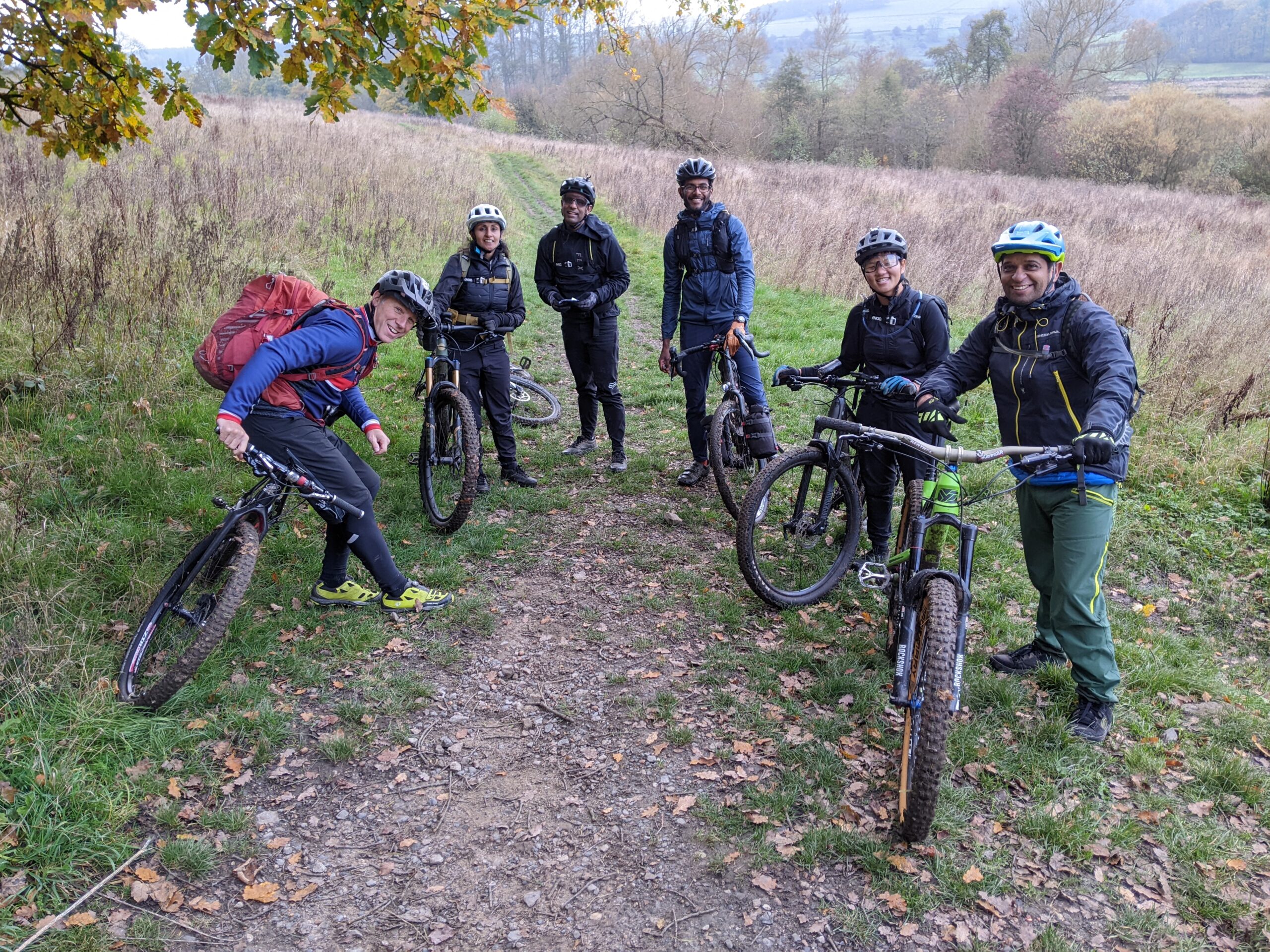
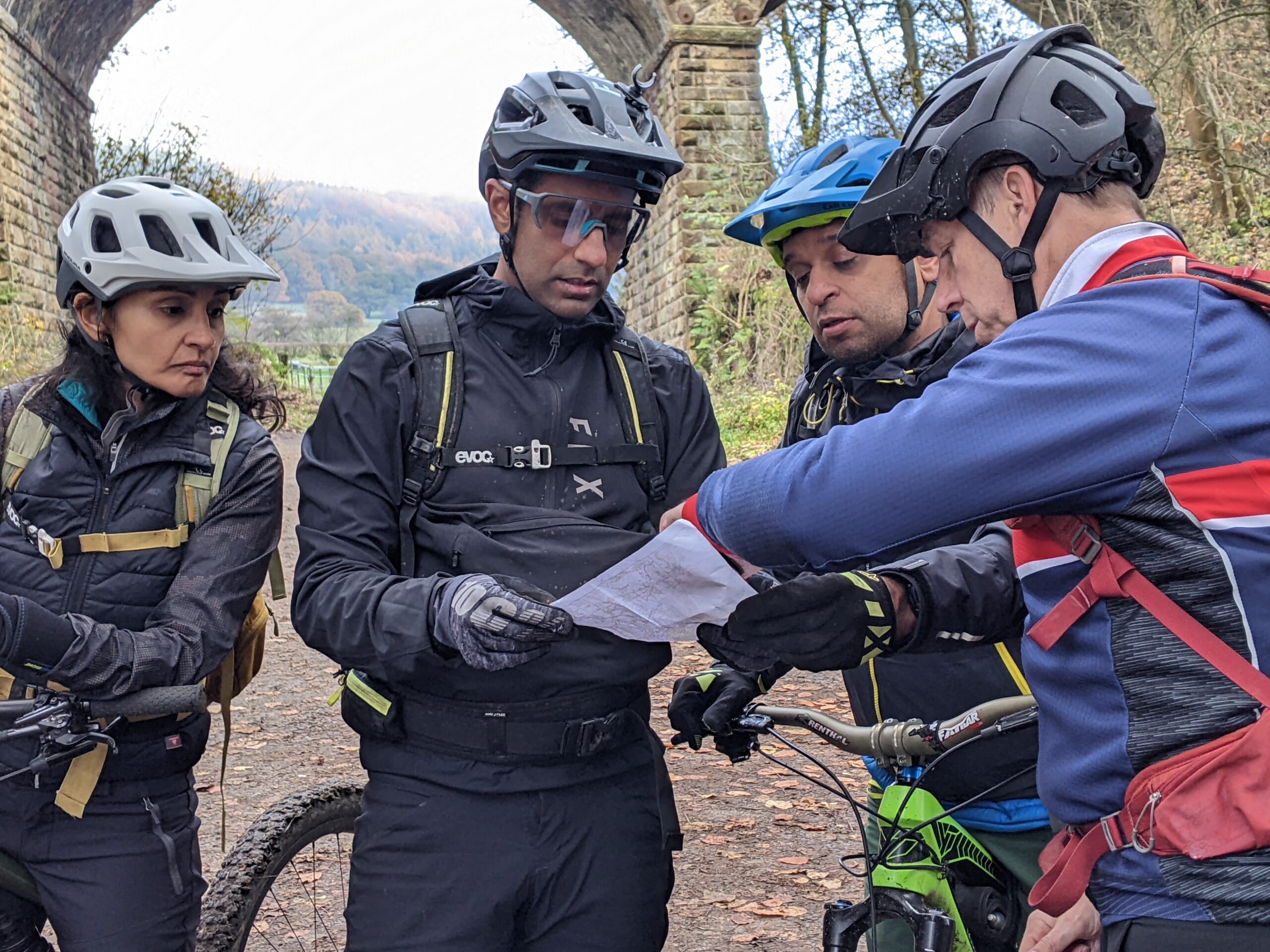
It may come as no surprise that not everyone is so keen to affiliate with British Cycling – indeed, my own Ride Drink Pie group shifted to Cycling UK when the Shell sponsorship was announced. The New Forest Off Road Club is one such ‘not club’. Their website states “We increase representation in the outdoors by providing guided, matriarchal experiences” and goes on to say “Promoting Shell is not in our plan to dismantle the patriarchy”. Back when HSBC was the headline sponsor, they said “Promoting a bank that invests in fossil fuels is not in our plan to dismantle the patriarchy”. They’re consistent in their beliefs, and as such they have avoided the official trappings of a ‘club’, despite the name. There is no membership fee, no insurance, and rides are ‘social’ rather than officially guided or led. All that said, they recognise the importance of elevating underrepresented groups through the official qualification channels, and as such undertake fundraising to support women and non-binary people to access qualifications, including those offered by British Cycling. Last year they focused on mountain bike leadership qualifications, and this year they’re pushing to get more qualified mechanics.

Nicola Carass, Director of NFORC, explains how it got started.
“I knew nothing about the culture of cycling clubs before we started NFORC. I’d never ridden with a group of people before Brother in the Wild, September 2020. After having a really fun time riding with 15 men, I asked where I could do the exact same sort of day out but with women. The answer was ‘we don’t know’. The owner of The Woods Cyclery, Tom, said I should start a club. Two months later I still hadn’t done anything so Tom put me and five other women in a WhatsApp group along with a route and said he’d provide the coffee. It was only after other people started joining that we realised that how we were going about things was different to most other cycling clubs. Wear what you want, any bike’s fine, we communicate more about pitstops than speed. But honestly, it came from more of a place of it seeming obvious to us than intentionally bucking a trend.”
Bucking the trends
The New Forest Off Road Club may not have set out to buck a trend, but they’re certainly committed to saying what they think. Their website and social media feeds are packed with both practical ride information as well as interesting perspectives that bear reflection. For example, they don’t do T-shirts or club jerseys:
“…imagine showing up to a group ride and everyone is wearing the same thing and you’re not. Cycling is already spendy, no need to add a uniform to the list.”
And their rides are open to everyone, but you’re invited to think twice about whether the ride is for you. Men considering heading along are asked to think about offering childcare so a mum can attend instead.
“Is this an additional space you get to be or the only space you get to be…? Our rides are for everyone but we centre the experience of women, trans and non-binary people. For some people, our rides are the only place they get to be their authentic selves in the cycling scene. For other people, our group rides offer them another opportunity to ride bikes in addition to a long list that already exists for them. We ask this question at the top of our rides and ask for people to reflect on how they might want to interact with others and how much space they take up.”
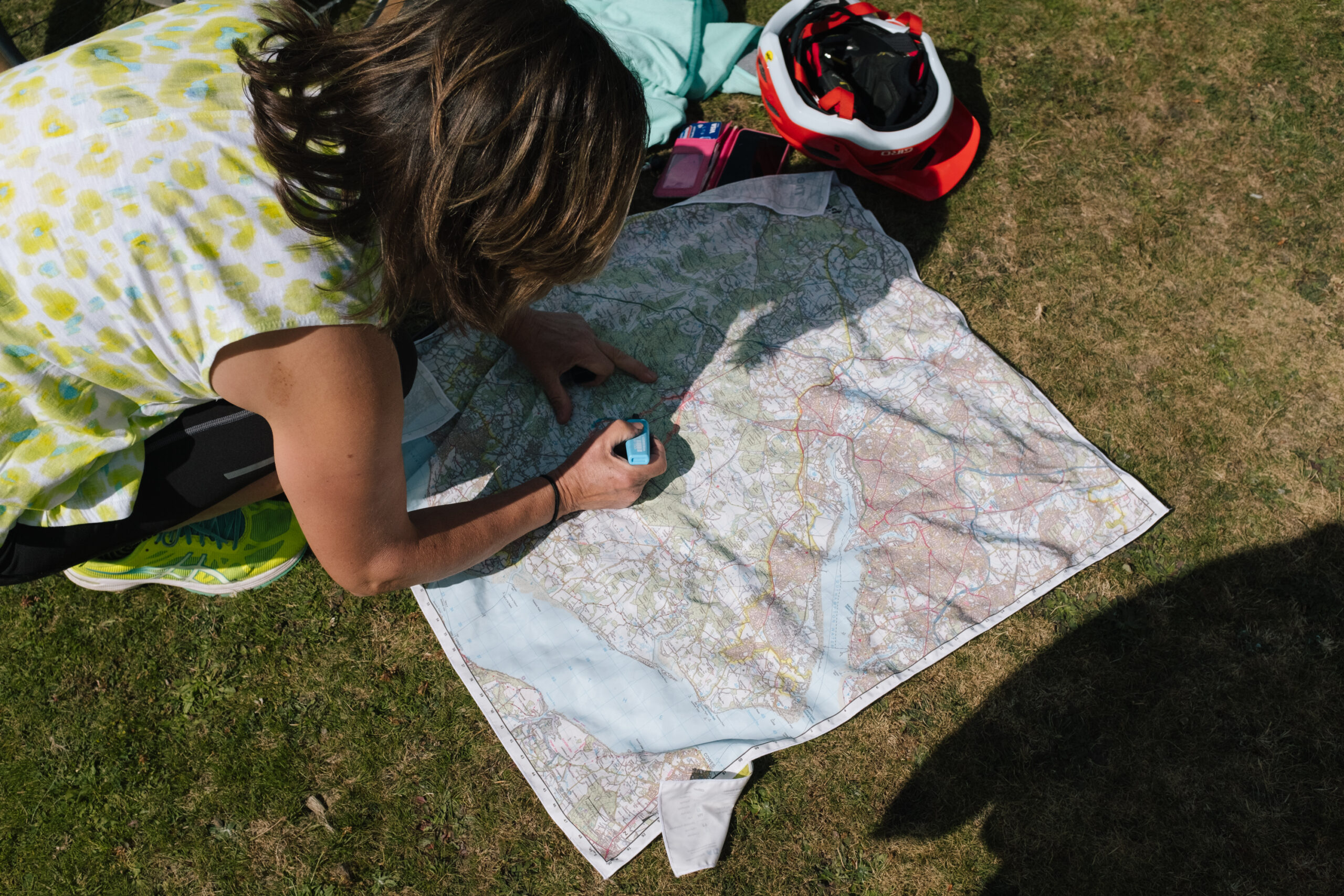

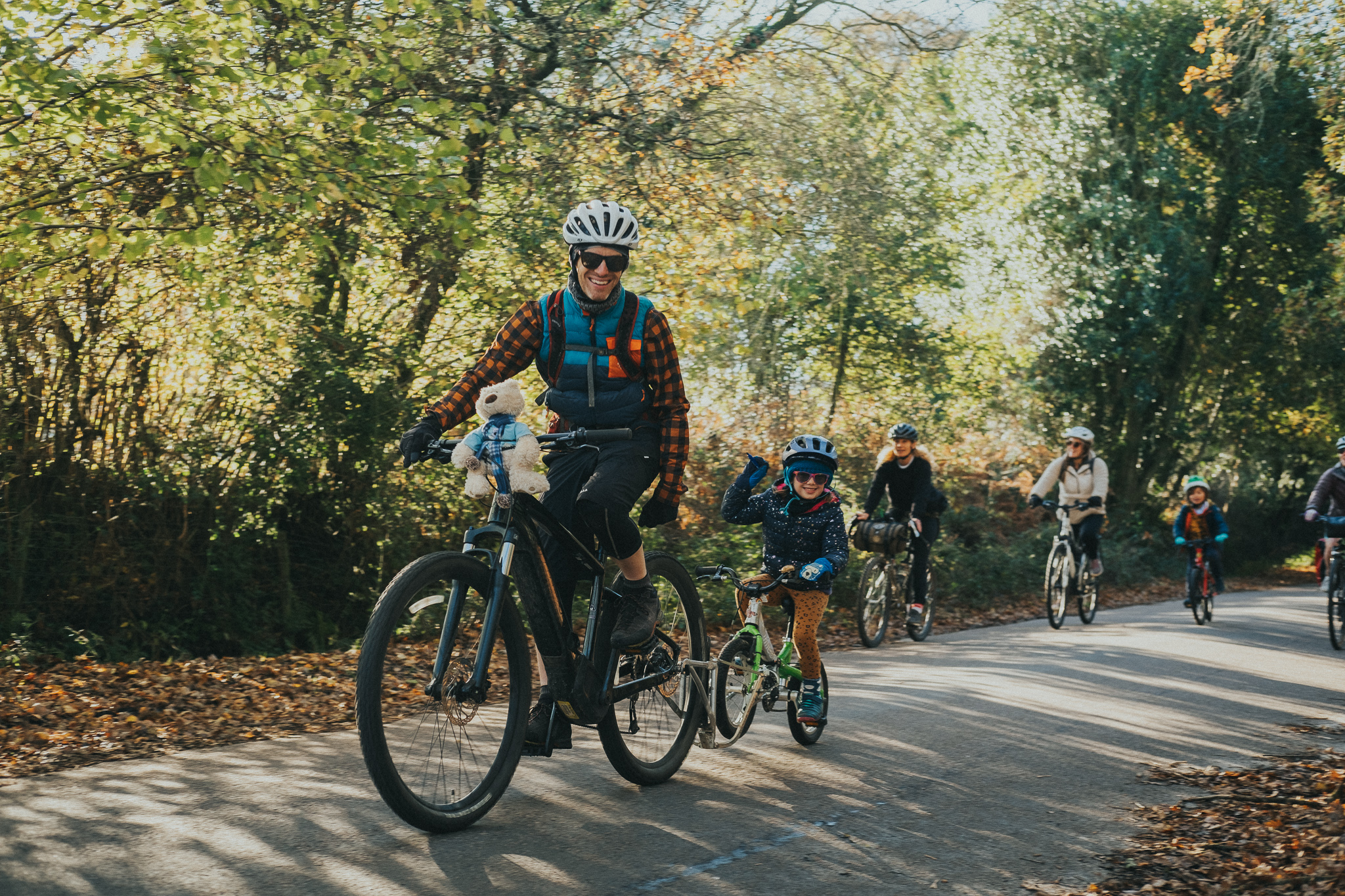
This question forms part of the NFORC introduction to rides. Nicola explained that this intro is an important part of their rides because it helps sets the tone and expectation for what’s to come. Keeping the balance between formal and informal while also making sure the group’s original ethos is continued is important if you want to retain that distinctiveness from ‘traditional’ clubs. That’s not to say that Nicola thinks everything about clubs is bad.
“There are elements that formal bike clubs have that I think are great. The community, obviously, has the confidence that comes with connecting with other people. Fundamentally, this is always great about any cycling club. But I think the way some lay down rules is where things start to get less shiny. There’s nothing that takes the fun out of something like the forming of a committee.”
Changing expectations
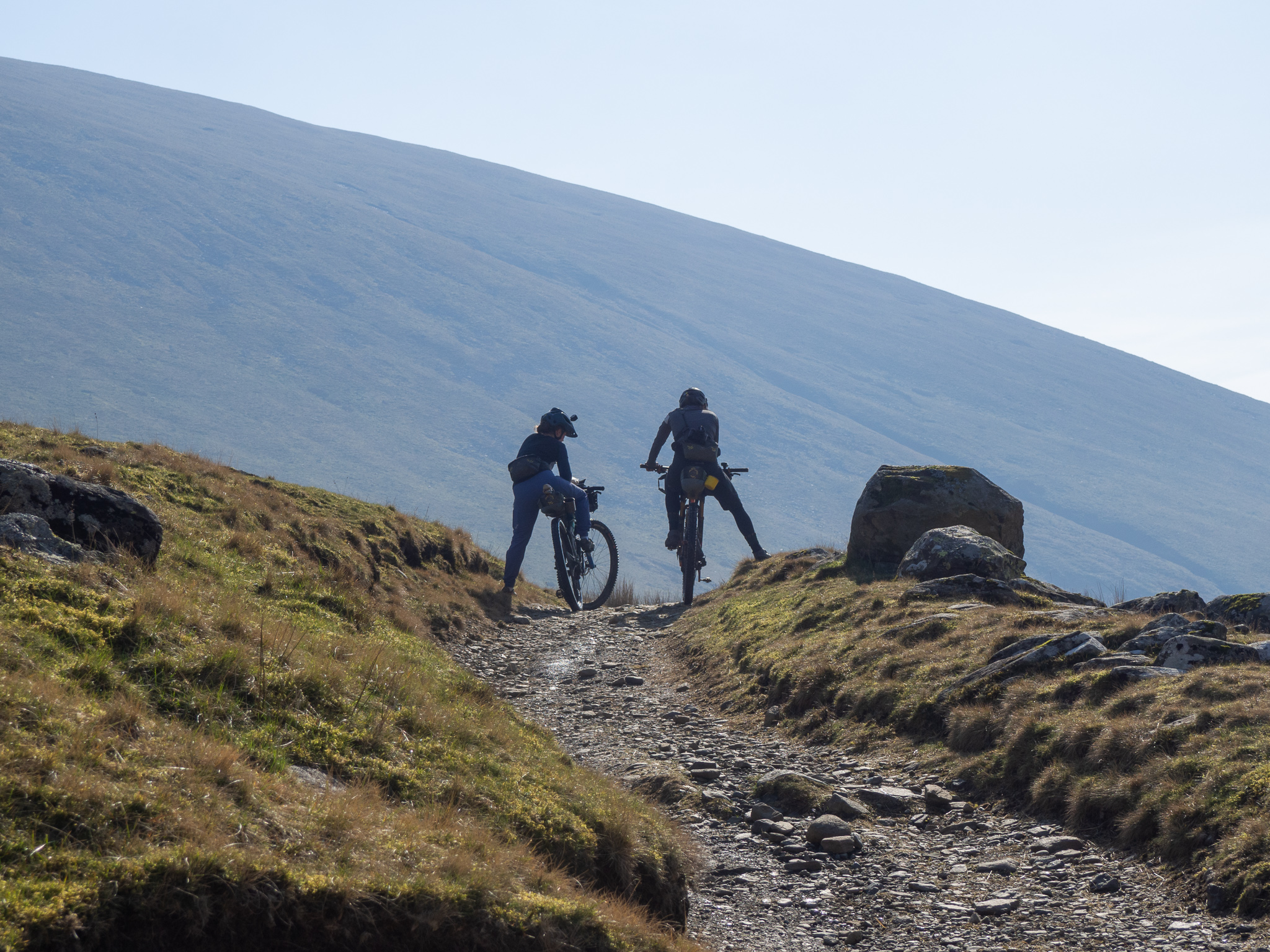
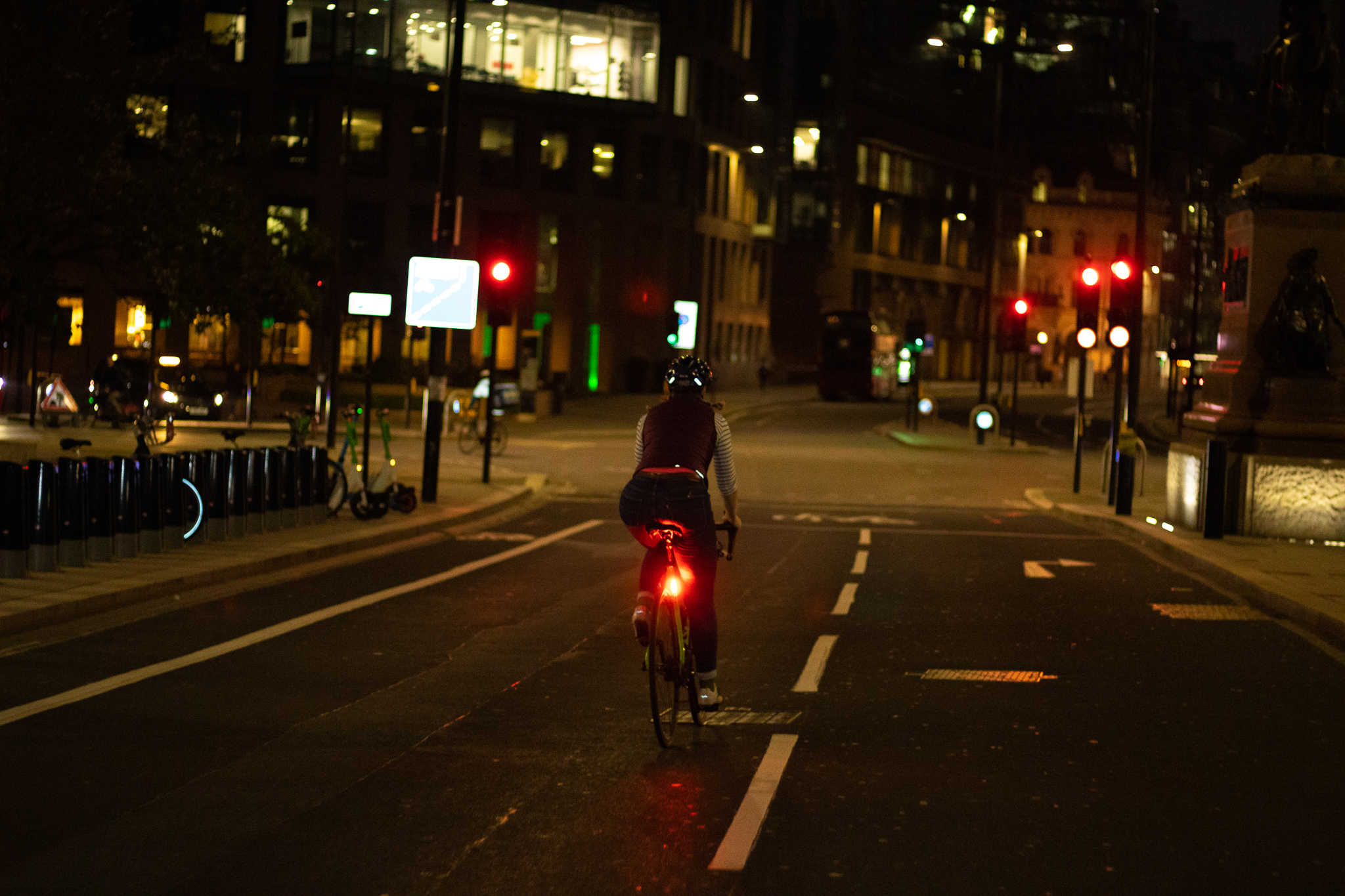
The Steezy Collective is another group that’s rejected the trappings of traditional clubdom while also pursuing an agenda. Kitty Dennis, one of the directors, explained why they opted for the ‘Collective’ title:
“When we looked into it more, a club came along with connotations of affiliation to a governing body and following a very expected set of rules, which we don’t. We know a lot of clubs aren’t like that, but it didn’t feel right for us. In our first year, we were British Cycling affiliated. We chose not to renew this due to their stance on transgender cyclist exclusion. We haven’t affiliated with any other; our rides aren’t guided or coached so everyone is just coming along for the company. This makes it a lot easier to navigate what we are as it came pretty naturally, a collective of people who wanted to ride together!
“When we started it was a group of riders who wanted to see a bit of a change in the scene. Less bike-splaining, less expectation and less bike-snobbery while being able to meet rad people and learn new things. Some people might not be on board with our approach to all women, all non-binary and all trans riders. That’s OK, we don’t want everyone to be on board or to change people to fit this model. What we do want is for people who feel this speaks to them, the people who like our vibe, to feel welcome and sling their bikes over their shoulders and join us on an adventure.”

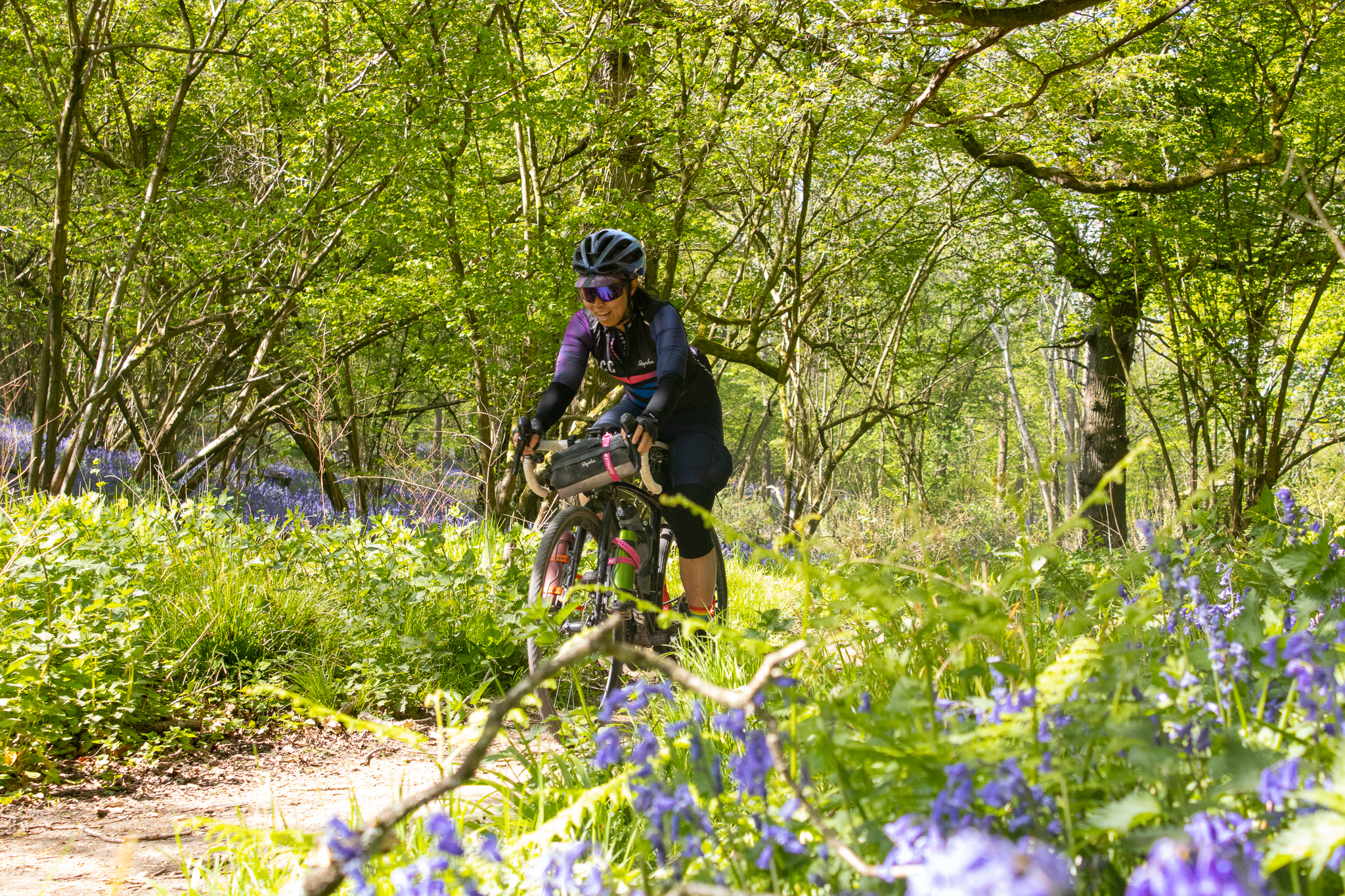
The Steezy Collective comes together for everything from road rides in central London to multi-day mountain bike and bivvy efforts in the Lake District. They’ve progressed from initial informal gatherings into a registered Community Interest Company, which allows them to do useful things, like have a bank account and work with brands who want to support their goals. These include making shared resources to help others who are wanting to create an inclusive riding space, and growing their own capacity so that they can deliver larger and more inclusive events of their own. The question of ‘how big’ to become is one that founders of successful collectives may have to grapple with. Should you be delighted that so many people think your idea and ethos are great and want to join in? Or does that make it something so big that formal stuff becomes necessary, and you start to lose what you created? Emma Whitaker, founder of the Reyt Good Bike Club, tries to keep some perspective on what it’s all about:
“You’re a bunch of volunteers doing this as a hobby. It isn’t a side hustle or a second income, it’s just a bit of fun, and we want to keep it that way… a lot of the time I feel pressured to keep rides going no matter how I am feeling. But sometimes work can get too much (especially working the events season!) and the last thing I want to do is spend a couple of hours plotting and planning the route and organising people together to ride – as much as I’d love to be on the ride. I’m getting better at that, and telling myself it’s a no-pressure place and everyone knows that about us. We’re just keeping it spinning at our pace and that’s totally fine.”
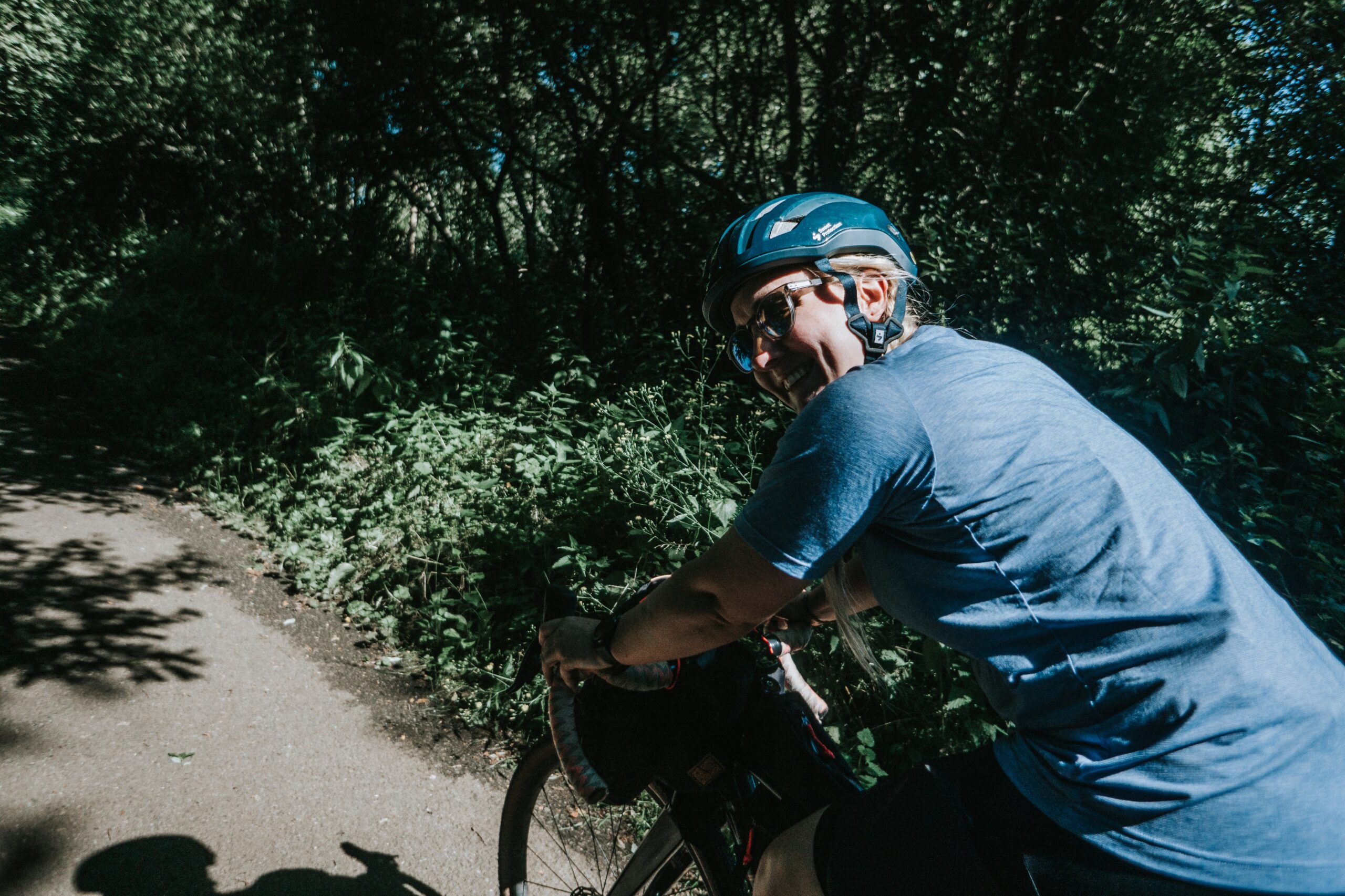
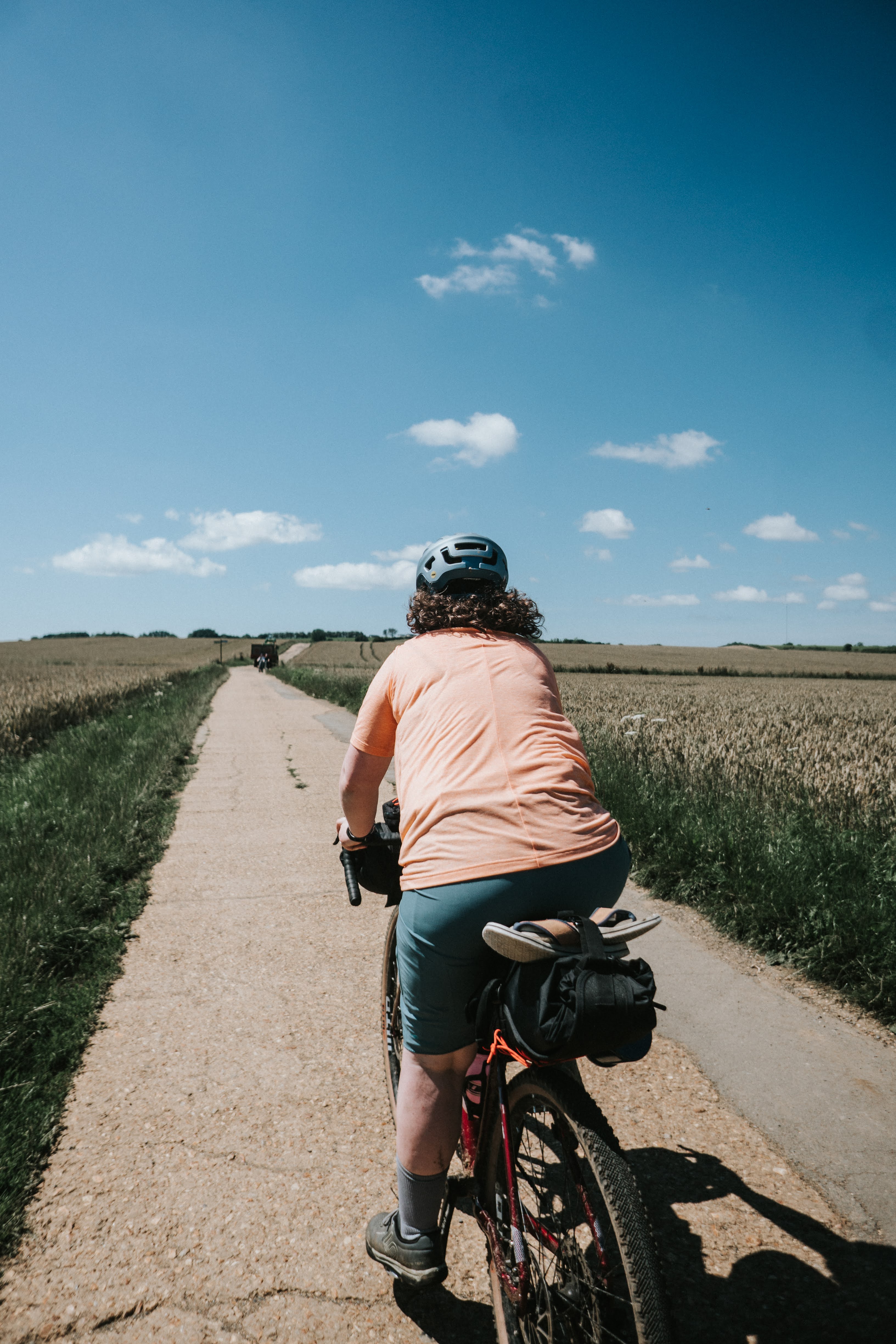
Spread the word
Just as the original Clarion clubs were set up to help spread the word of socialism (and deliver early copies of what would become The Guardian newspaper), a common theme among the collectives I spoke to was a desire to share their message. Growth and formal structure are welcome where they further the opportunity to share the joy of bikes with more people. But everyone seemed just as keen that what their collective is doing should act as a spark or catalyst for the creation of a new community – in the next town, the next forest, the next valley. They exist not to build empires or win races but to create spaces that their founders want to be in.
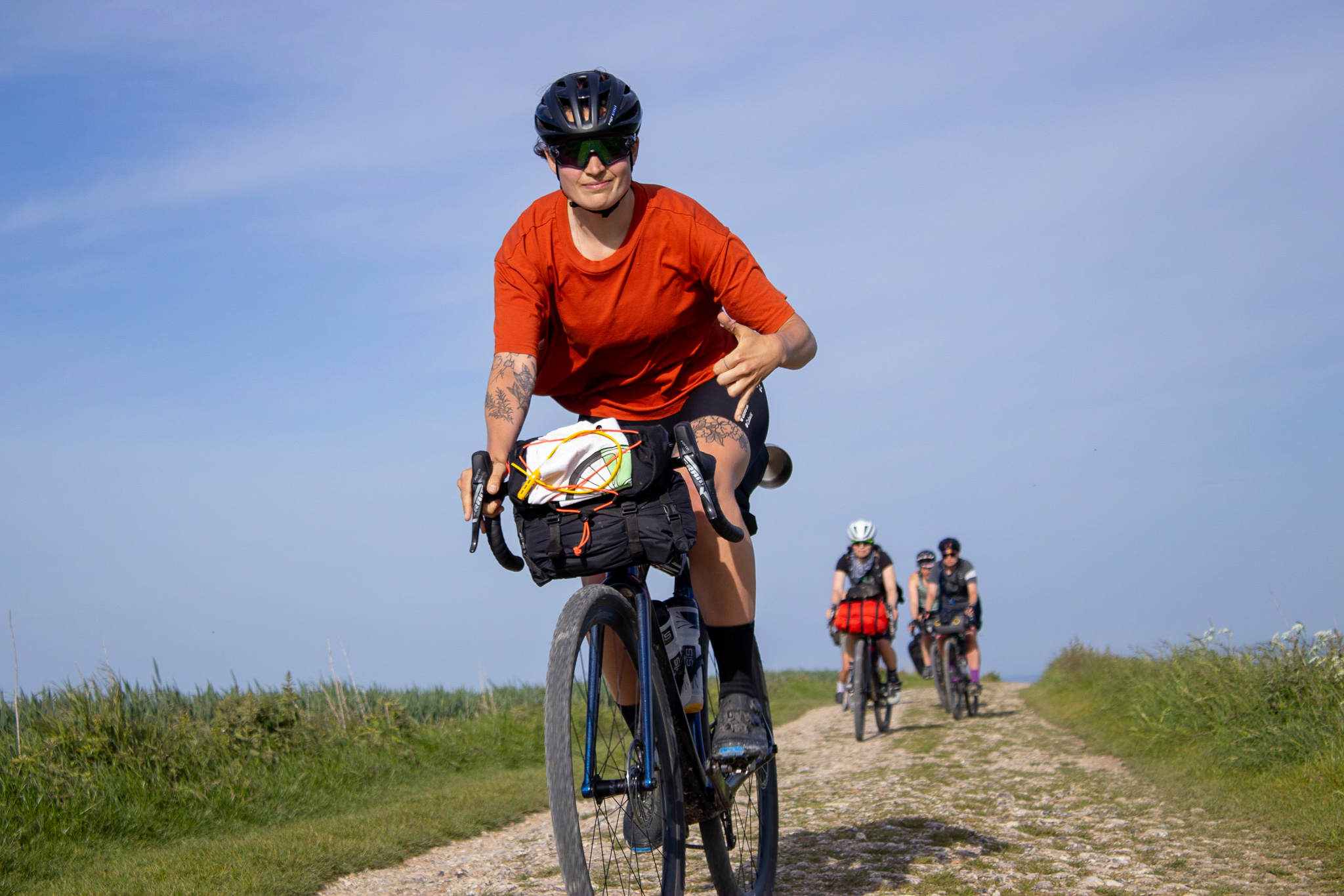
It seems to me that modern-day cycling club – and governing body – culture has been road and track centric. The collectives are forging a path that speaks more to those who ride off-road and have an appreciation for wild spaces and the outdoors. By establishing groups that reach beyond established networks of mates, the collectives are enabling off-road riders to find others to ride with. Those I spoke to have an agenda for change and a desire to do something different at their heart. I for one am glad to see that cycling’s connection to campaigning and social change lives on. With such energy, focus, and clarity of goal, it feels like there’s a natural momentum to things. Will they forever be the outsiders, creating spaces for those that feel excluded elsewhere, or are we seeing the foundations of the new insiders?

For more information on the clubs mentioned in this feature, head to Instagram:
Want to set up your own collective?
- Check there’s not something in your area first that you can get stuck into! We can never have too many groups but it’s nice to see long-standing ones rather than them sprouting and dying – Kitty Dennis, Steezy Collective
- NFORC has a series of workshops called ‘How To Start A Revolution’ – check their website for dates and resources.
- Saoirse Pottie has created a map of Women & ENBY led cycle groups, which you’ll find here.

